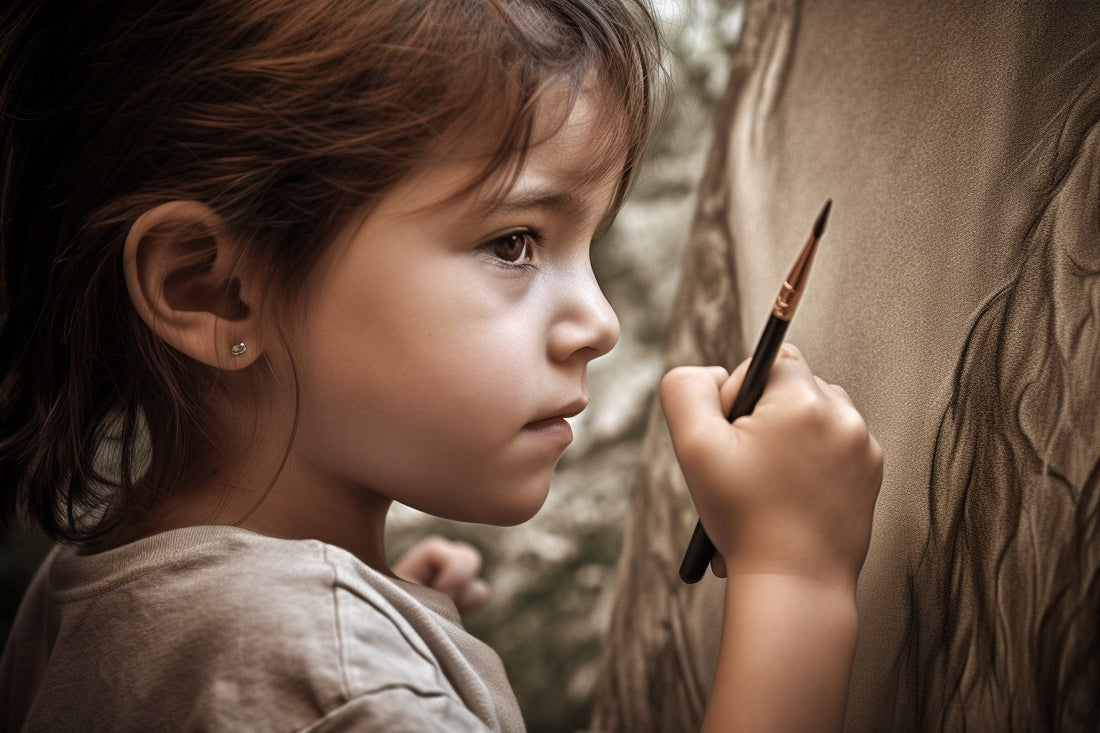
The creative fireworks: ADHD as a source of inexhaustible ideas
Share
Children with ADHD are often creatively gifted. To harness their talent, they need structure, routine, and encouragement. Our 5 tips on this topic give you an overview of how best to proceed as a parent.
Two core ADHD symptoms —inattention and impulsivity—are responsible for suggesting a connection between creativity and ADHD. Mind wandering , or the distraction from the current activity, leads to creative ideas. Furthermore , people with ADHD are more willing to take risks: They approach new things and situations without fear (without an inner censor). Even at elementary school age, teachers perceive more impulsive children as more curious. The key point: Creativity requires not only ideas, but also perseverance. You can strengthen this with the following 5 tips:
-
Create a structured environment: Since children with ADHD often have difficulty concentrating , it's important to create a structured environment that minimizes distractions. A quiet, tidy, and well-organized workspace can help achieve this. Colorful filing systems or labels can help keep the workspace clear. In addition , right-brain dominant children (common in those with ADHD) usually immediately visualize something. They process information more intuitively. A visually attractive workspace also takes this into account.
-
Schedule fixed time slots for creativity: It's especially important to schedule regular time slots for creative activities for children with ADHD. These fixed times provide structure and help children express their creativity within a regulated framework. Set up a schedule and discuss with your child which activities they would like to try. This creates a common ground that will keep the child motivated and engaged. The "kiss of the muse" is more of a myth , even among adults. Instead, the creative flow is triggered by the mere act of doing, even if there is no goal behind it at first.
-
Harnessing the benefits of hyperfocus in ADHD children: Hyperfocus can lead to intense concentration on a particular activity in ADHD children. To make the most of this phenomenon, you should carefully observe your child's interests and specifically encourage them . For example, if your child enjoys drawing, provide additional materials, such as paints, and create an inspiring environment where they can concentrate fully on their drawings. Or you can set a good example yourself. After all, children do not do what we say but rather what we show them .
-
Taming the inner critic: Children with ADHD often tend to be very self-critical and underestimate their own abilities. Inner nervousness and social difficulties due to ADHD contribute to this inner critic becoming louder over the years. Help your child build healthy self-confidence by celebrating their successes and acknowledging their creative achievements. Practice constructive and meaningful criticism instead of empty praise, and encourage your child to learn from mistakes. Teach them that perfection isn't the goal , but rather the joy of doing.
-
Find like-minded children: Interacting with other creative children can help ADHD children develop their creativity and benefit from the experiences of others, especially if these children are facing or have already overcome the same challenges. Look for ADHD groups , workshops , or courses tailored to your child's interests. Offer them the opportunity to make friends with peers who share similar passions. Such a community can also boost the self-confidence of ADHD children and show them that they have valuable skills and talents despite their weaknesses.
